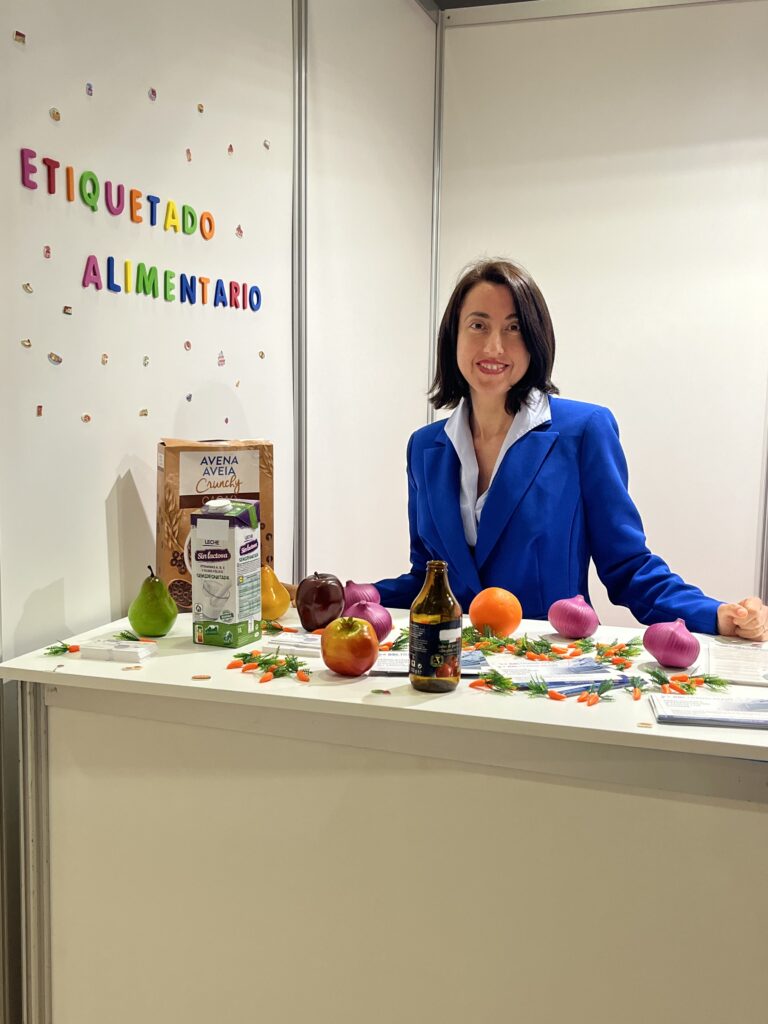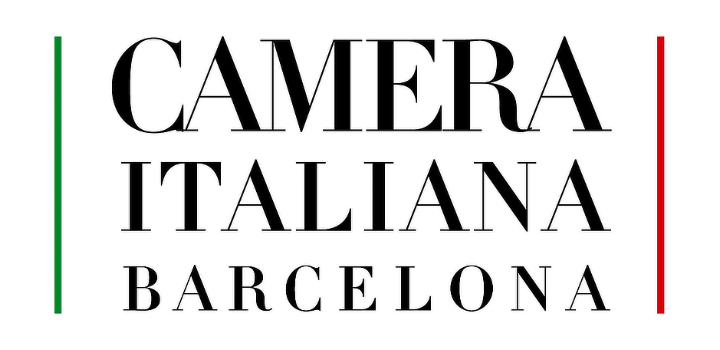In today’s globalised world, the food industry faces the challenge of adapting its products to different markets. To do this, it is key to translate food labels not only accurately, but also in compliance with the relevant regulations in each country. At BBLTranslation, we are experts in this area, ensuring that your product complies with legal requirements and can be understood by consumers in each market.
Importance of translating food labels
Food label translation is not simply a matter of converting words from one language to another. It is a process that requires in-depth knowledge of local regulations, permitted ingredients, mandatory nutrition claims and necessary warnings. Poor translation can lead to legal sanctions, product withdrawals and even affect consumer confidence in the brand.
Labelling regulations in different countries
Each country has its own regulations concerning the labelling of foodstuffs. Here are some key aspects to consider:
- European Union: Regulation (EU) No 1169/2011 lays down requirements on nutrition information, allergens and origin of ingredients.
- United States: the FDA requires labelling in English with clear details on ingredients, allergens and nutritional values.
- Japan: the Food Labelling Law requires specific information on allergens, nutritional values and country of origin.
Translation of food labels in Japan
Japan is one of the most demanding markets in terms of food labelling. Its food labelling system, governed by the Food Labelling Law, requires information to be in Japanese and must meet strict standards in terms of its format and content. Some important points include:
- List of ingredients: must be complete and follow a specific order.
- Nutritional information: values per 100 g or standard portion.
- Allergens: clear identification of allergens according to the official list.
- Best-before date: mandatory for perishable products.
- Information on the manufacturer: name and address of the importer or producer.
- Mandatory labelling in Japanese: the regulation requires that all relevant information be provided in Japanese to ensure consumer understanding.
- Restrictions on additives and health claims: Japan has strict regulations on what additives can be used and how they should be labelled, as well as restrictions on nutrition and health claims.
- Information on origin: for certain products, it is mandatory to indicate the country of origin of the main ingredients.
Importance of keeping up to date with regulations
In 2024, Japan announced a new draft amending the list of recommended allergens for food labelling.
Based on more recent national research surveys on allergens and clinical cases of allergens, as well as referring to allergens included by other countries and current food manufacturing practices, this draft proposal will include the following main points:
- Add macadamia nuts to the list of recommended allergens for food labelling.
- Remove matsutake mushrooms from that list.
- Urge responsible food business operators to revise their labelling as soon as possible.
According to studies, over the last 10 years, the number of clinical cases of macadamia nut allergy has increased along with cases of allergies to nuts and cashew nuts. Specifically, the number of immediate and shock-type macadamia nut allergy cases increased from 1 to 45 and 1 to 5, respectively, between 2011 and 2020. Source: www.merieuxnutrisciences.com.
How BBLTranslation guarantees an accurate and compliant translation
At BBLTranslation, we specialise in translating food labels in accordance with each country’s regulations. Our team of specialised translators works closely with food regulatory experts to ensure that your product meets all legal and market requirements.
- Accurate and regulatory compliant translation: we adapt the content to the legislation in force in each country.
- Verification of sector-specific terms: we ensure that ingredients and nutritional values are expressed correctly.
- Legal review and validation: we have professionals who verify the conformity of the translation before its implementation.
How to read the Japanese food label
When buying souvenirs or food in a supermarket, it is very important for foreign tourists travelling to Japan to know how a Japanese food label is structured.
Here’s a brochure from the Consumer Affairs Agency of the Government of Japan on food labelling to help you. The Agency assists domestic and international consumers and businesses throughout the buying process.
Conclusion
Food label translation is a crucial task for any company looking to expand into international markets. At BBLTranslation, we offer a specialised translation service that not only guarantees a linguistically accurate translation, but also ensures regulatory compliance in every country, including Japan. Trust us to get your products to new markets safely and securely, without the risk of being withdrawn or facing customs penalties. Get in touch for a free, no-obligation quote!






